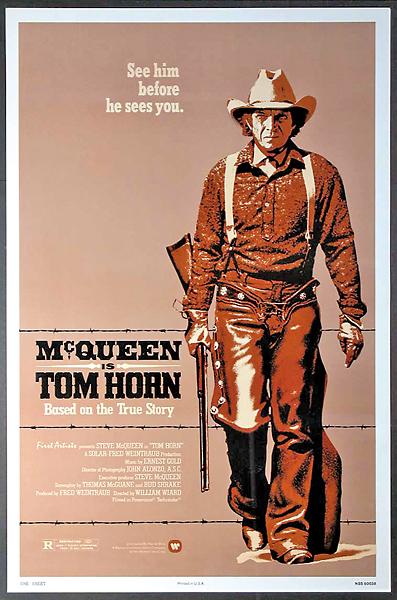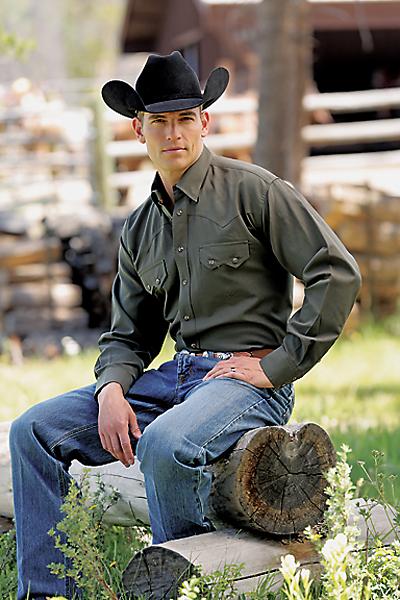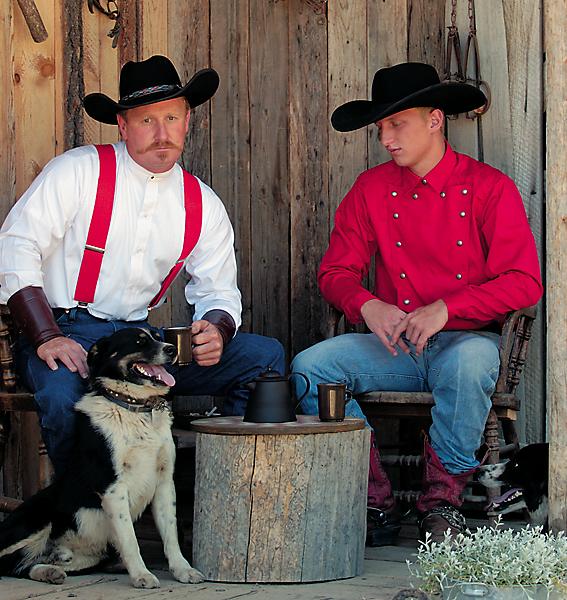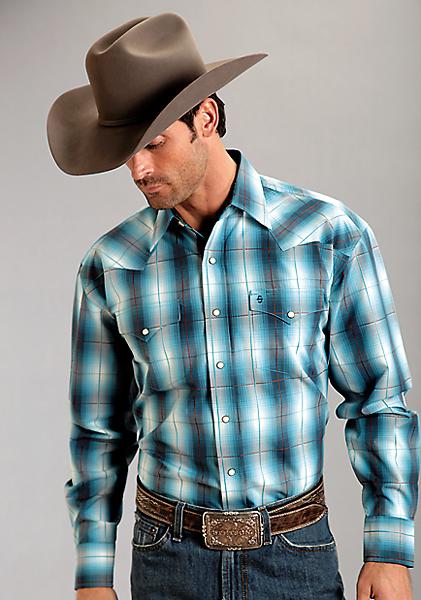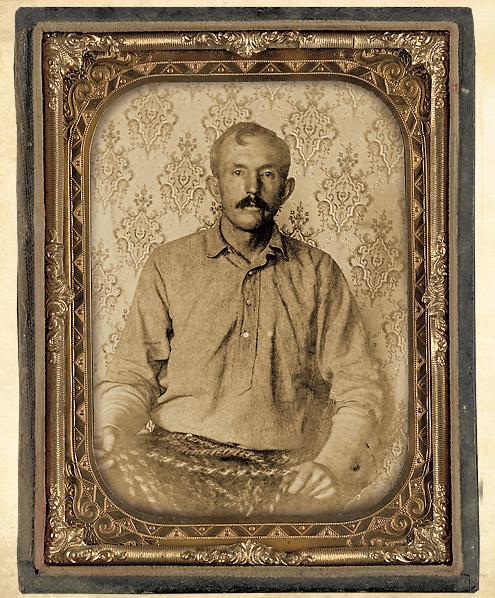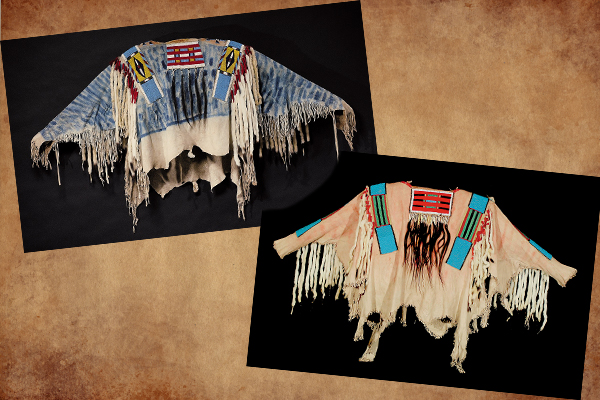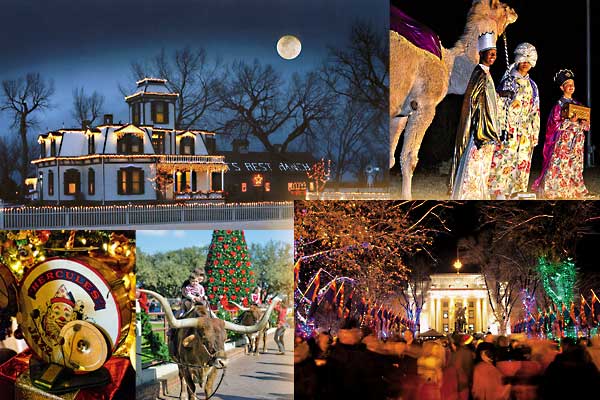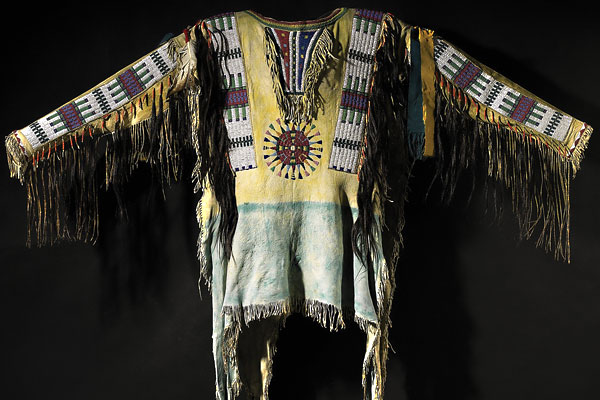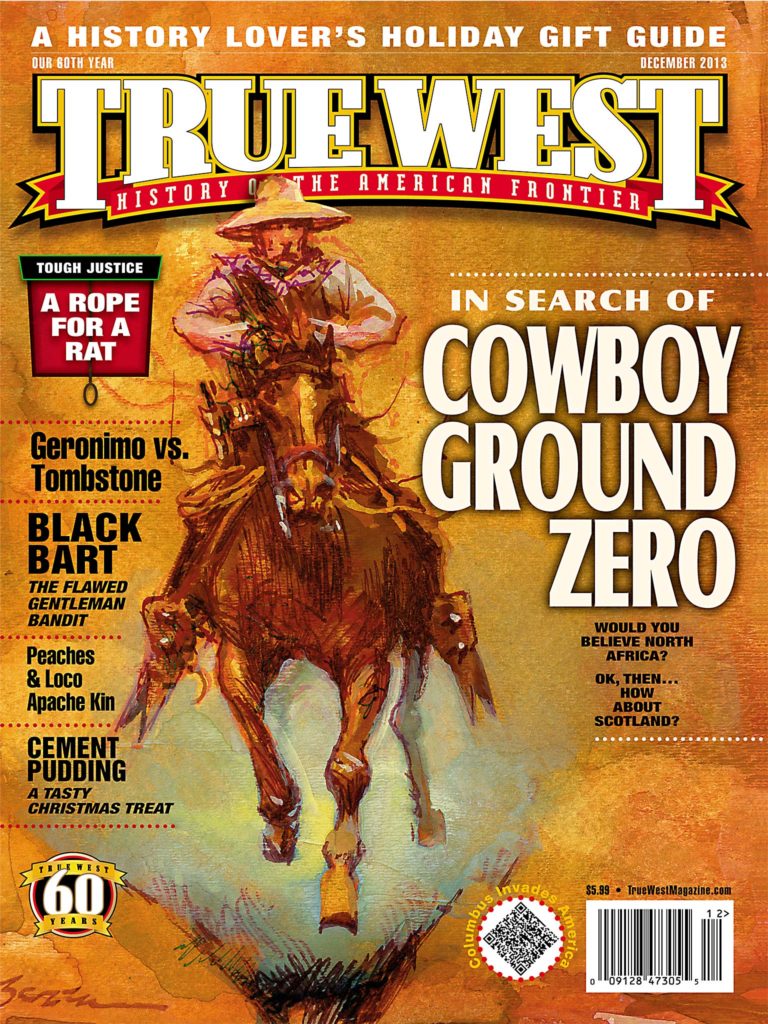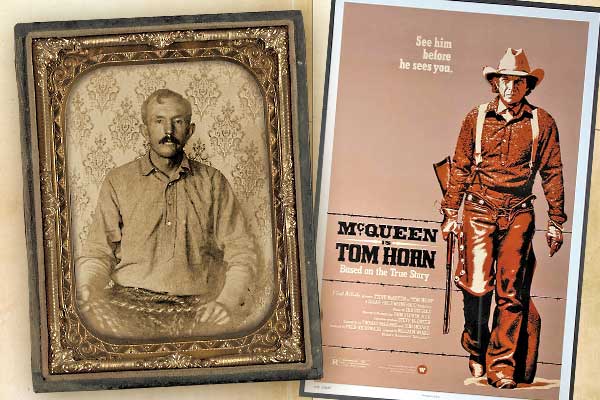 The hanging of Tom Horn on November 20, 1903, marked the end of the Old West, a place and an era ultimately strangled by railroads, telegraph wires, fences and other newfangled trappings of a new century that included the mechanical gallows tripped by Horn’s own weight, the ultimate expression of the yet-to-be-coined term “self-service.”
The hanging of Tom Horn on November 20, 1903, marked the end of the Old West, a place and an era ultimately strangled by railroads, telegraph wires, fences and other newfangled trappings of a new century that included the mechanical gallows tripped by Horn’s own weight, the ultimate expression of the yet-to-be-coined term “self-service.”
Horn, a celebrated U.S. Army scout and former lawman, had been a notorious enforcer for cattle interests, with the ambiguous title “range detective.” A disreputable deputy obtained a questionable “confession” from an inebriated Horn, who bragged about murdering the 14-year-old son of a Wyoming sheepherder in 1901. Many believed the boy had been mistaken for his father, the actual target of the Wyoming Stock Growers Association.
In the famous photos of Horn braiding a rope—some say the very rope used to hang him—the condemned man wears a simple, collared pullover shirt. That may be the same “soft shirt” reporter John Charles Thompson described in his account of the execution. The shirt was common to the era and the region—an everyday work shirt especially popular with cowboys. History does not record whether the shirt or any of the clothes worn by Horn in that photo were state issue or a part of his personal wardrobe.
Shirts worn in the West at the dawn of the 20th century included collared and banded collar pullover styles. The one-half to three-quarter placket front, usually secured with around five buttons, made the shirts easy to pull on and off. Some were plain, all of one color; others had patterns; some had ribbed or shirred or contrasting bibs, which may have helped inspire the shaped yokes yet to come in Western wear. Pockets were rare. The shirt fabric was mostly wool for cold weather or a cotton weave called hickory or linsey-woolsey—a blend of linen and wool in a plain weave or a coarse twill—for summer. Horn’s prison shirt may have been either type.
Early cowboys preferred this long-sleeved pullover shirt style, but a short-sleeved version was also popular with another well-known sort of horseman at the time: the polo player. Polo players were wearing the short-sleeve pullover before the turn of the 20th century. The Canadian-born Argentine polo star Lewis Lacey embroidered a polo player on his shirts in 1920. That was seven years before René Lacoste put an alligator on his tennis shirt, and nearly 50 years before the style, polo logo and name were rustled by New York designer Ralph Lauren. (Where’s a good range detective when you need him?)
Wool remains a popular fabric of choice in Western wear for long-sleeved shirts, while cotton stands in for lighter-weight summer shirts. The long tails Lacoste designed for his shirts remain integral to cowboy polos, keeping the rider’s lower back covered while in saddle.
Next time you pull on a polo, try to picture the pullover-wearing Horn in the light his friends saw him: “His enemies call him a desperado, but his whole life was spent in keeping the desperate in check,” Glendolene Myrtle Kimmell wrote in 1904, adding, “Riding hard, drinking hard, fighting hard—so passed his days, until he was crushed between the grindstones of two civilizations.”
G. Daniel DeWeese coauthored the book Western Shirts: A Classic American Fashion. Ranch-raised near the Black Hills in South Dakota, Dan has written about Western apparel and riding equipment for 30 years.
Photo Gallery
– Courtesy Warner Bros. –
– Courtesy Robert G. McCubbin Collection –


